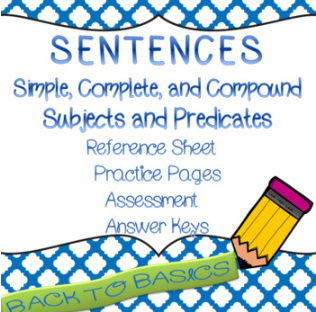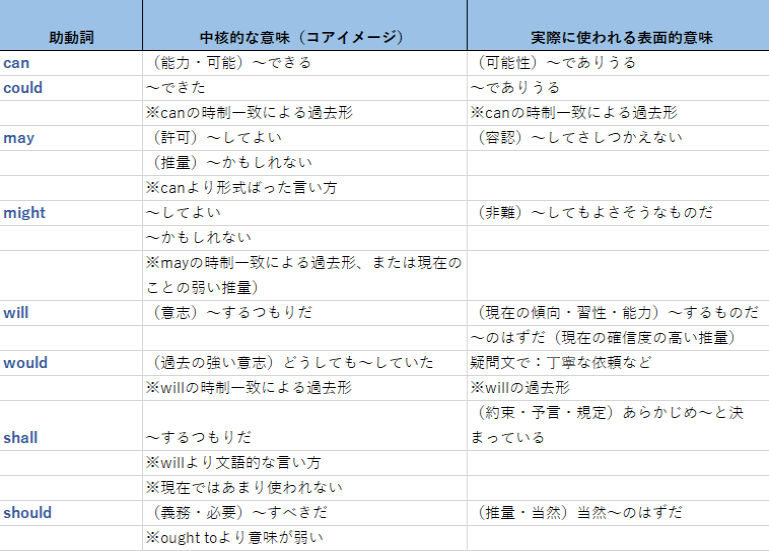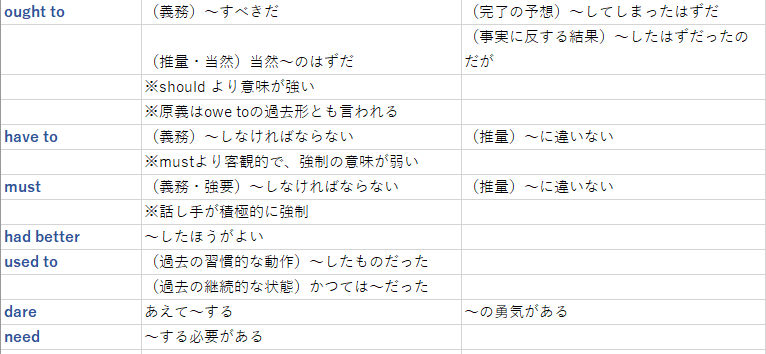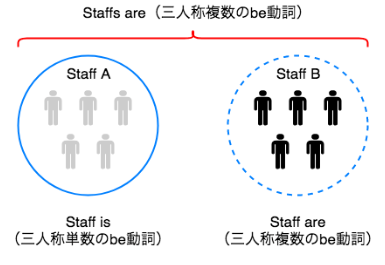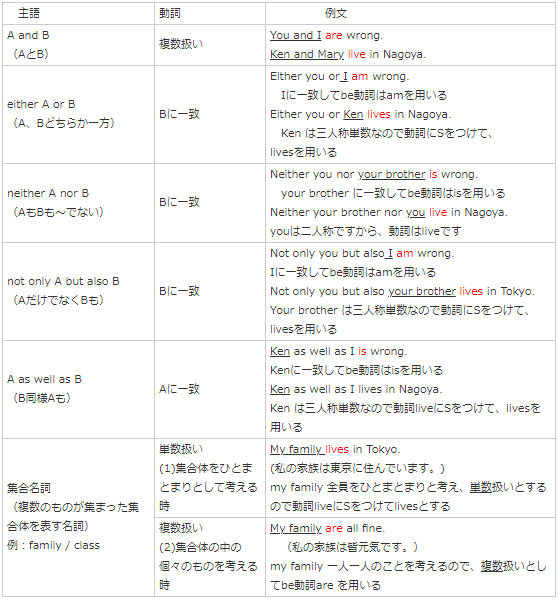IELTS Writing Task 2 対策 (複文)
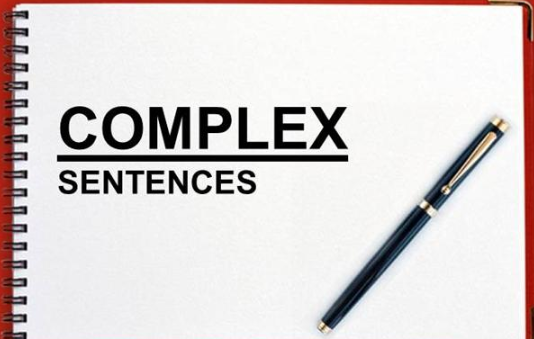
英語の文の分類として、S+Vがどのような形態で含まれているかという構造に着目すると、
単文、重文、複文に分類されます。
3. Complex Sentences(複文)
IELTS Writing テストでは、複雑な文章が重要です。それは、採点が文法の範囲と正確さで評価されるからです。 複雑な文が多様で正確であればあるほど、バンドスコアが高くなります。
Complex Sentences(複文)とは、一つの主節と一つ以上の従属節がつながった文です。
従属節の先頭に置いて、それを主節に連結する働きをする接続詞を従位接続詞と呼びまず。
Common subordinating conjunctions (一般的な従位接続詞)
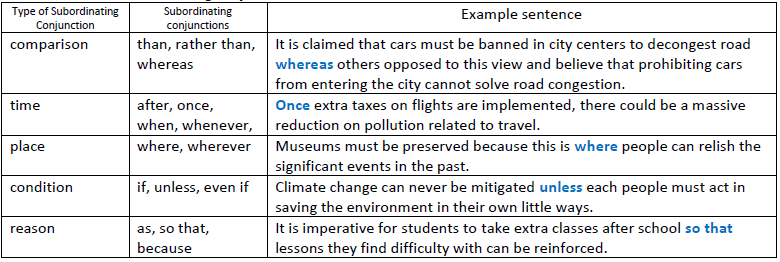
▮ subordinating conjunctions (従位接続詞)のタイプを以下の中から選んでみましょう。
(Comparison, time, place, condition, reason )

1. Children in the previous generation have healthy eating habit whereas many young people today prefer eating highly processed food. comparison
2. Air pollution has significantly increased because the rate of toxic gas emissions has also doubled recently. ______________
3. Children should not take extra classes after school as this could affect their academic performance at school. ________________
4. Wherever there is an urban development, it takes toll on the environment.________________
5. If people continue to use plastic, the number of creatures, both land and sea, who are intoxicated by plastic intake would continue to rise. _____________






